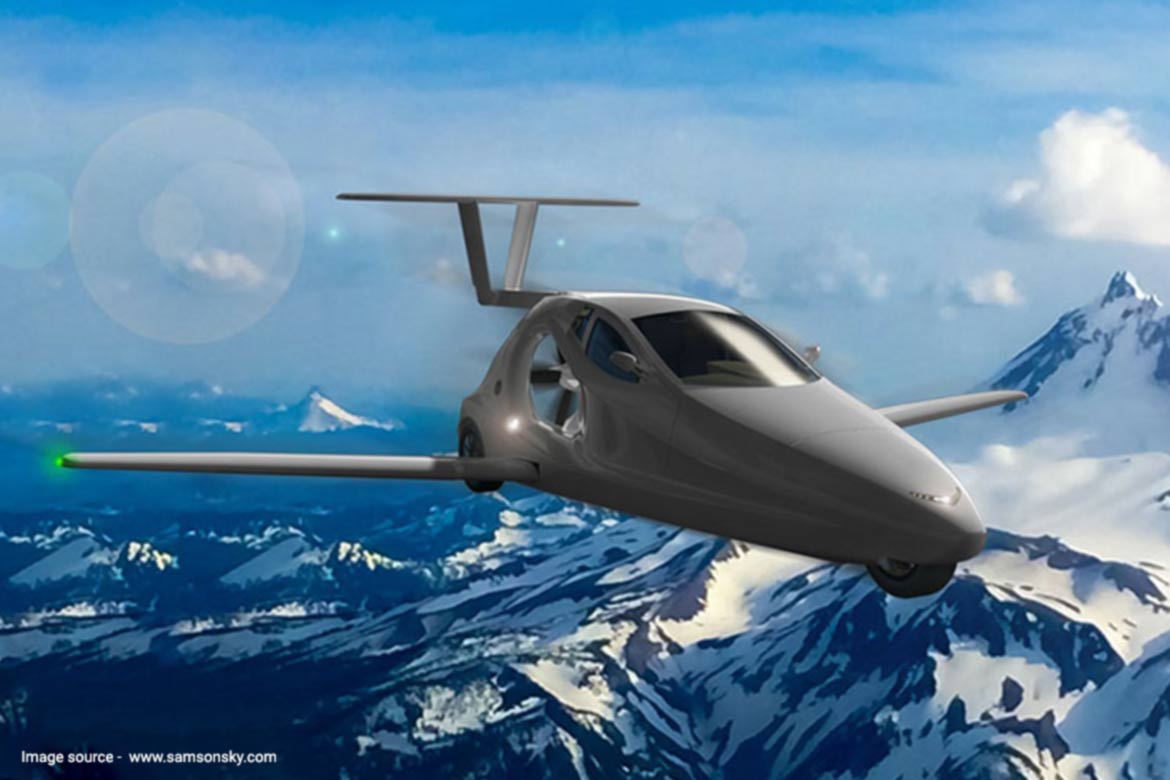Have you ever dreamed of flying in a car? If so, you are not alone. Millions of people around the world share this fantasy of escaping traffic jams, saving time, and enjoying the thrill of flying. But what if we told you that flying cars are not just a fantasy, but a reality? That’s right, flying cars are real, and they are coming soon. In this article, we will introduce you to seven of the most amazing flying car projects that are expected to hit the skies in the next few years. You will learn about their features, their benefits, and their challenges. You will also discover how they could transform the way we commute, work, and live in the near future. So buckle up and get ready for a ride that will blow your mind.
Klein Vision AirCar
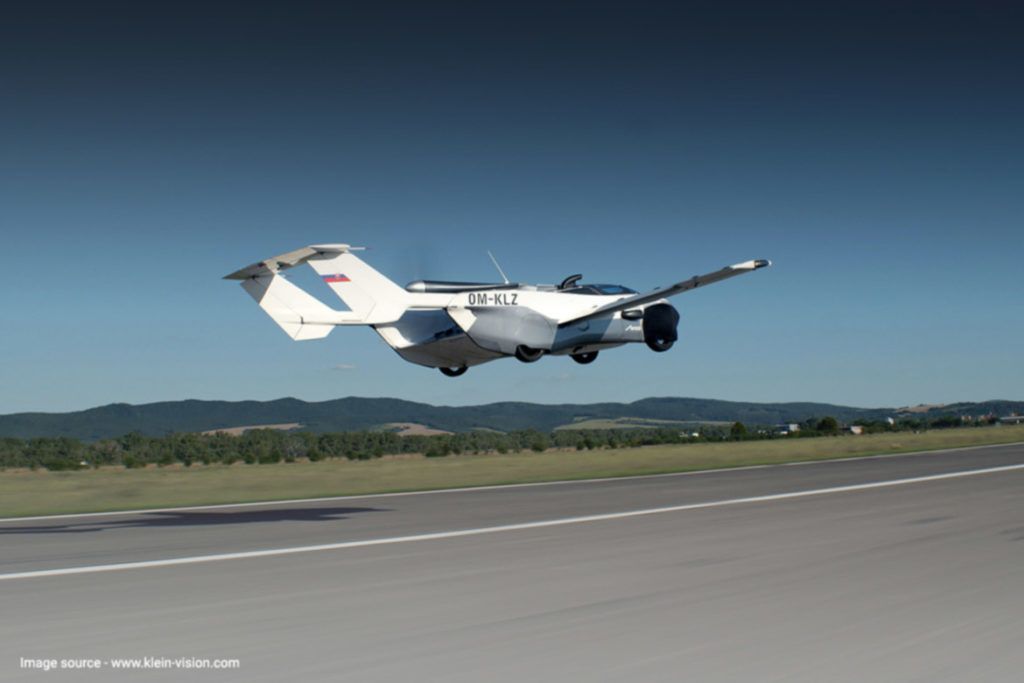
Also Read: Kabira Mobility’s KM5000: A Review of India’s Fastest Electric Bike
Klein Vision AirCar is yet another flying car that can switch between road and air modes in less than three minutes. It is a two-seat hybrid vehicle that has a main fuselage that doubles as a sports coupe with four large road wheels. It also has foldout wings and extending tailbooms carrying a high tail. A pusher propeller is permanently installed between the fuselage and tail. It is made by Klein Vision, a company based in Slovakia and founded by designer Štefan Klein. The company claims that the AirCar is the first flying car to fly between two airports in Slovakia. The AirCar is constructed of carbon fiber composite over a steel subframe. It is powered by a 1.6 liter BMW engine that runs on gasoline and delivers 104 kW (139 hp). The company plans to develop a second prototype with a more powerful 220 kW (300 hp) engine. The AirCar can take off at around 120 km/h (75 mph) after a run of 300 m (980 ft). It can cruise at 170 km/h (92 kn) with a range of 1000 km (620 miles) at an altitude of 2500 m (8200 ft). The AirCar has received a special airworthiness certificate from the Slovakian government and is awaiting approval as a road vehicle. The price of the AirCar is not yet announced.
Doroni H1
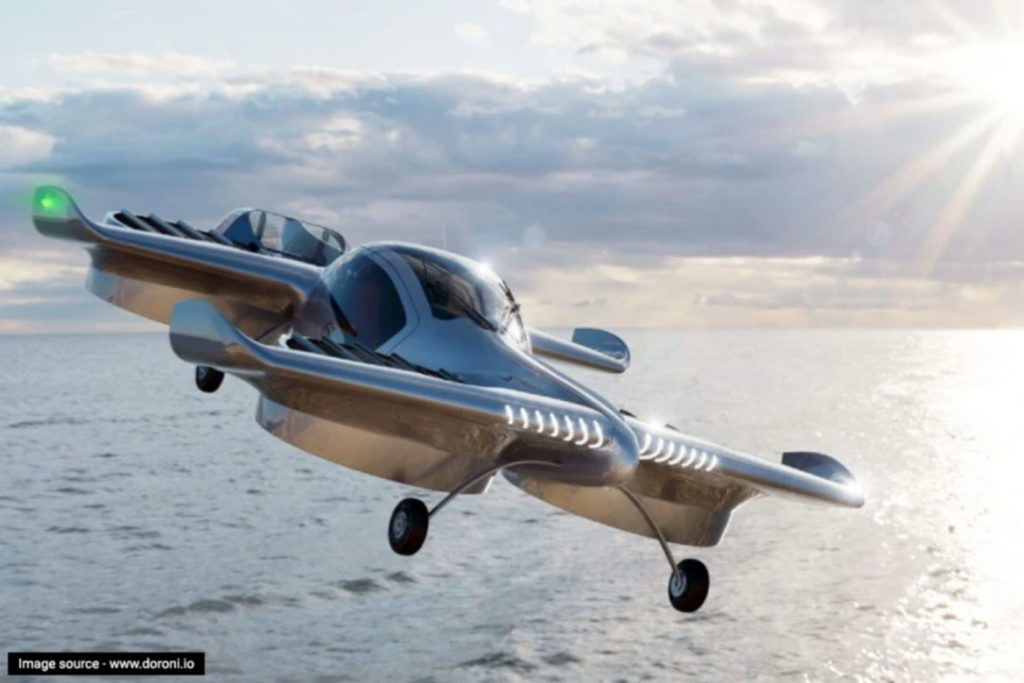
Doroni H1 is a flying car that wants to be your family’s best friend. It is a two-seat electric vehicle that can drive on the road and fly in the air, giving you the best of both worlds. It is made by Doroni Aerospace, a company based in Florida and founded by Israeli entrepreneur Jim Dukhovny. The company says that the H1 will fly up to 160 km/h (100 mph) with a range of 96 km (60 miles) and a payload capacity of 200 kg (440 lb). It will also drive up to 320 km (200 miles) and have an all-wheel drive system. The H1 will have many safety features, such as 10 independent propulsion systems, energy dissipating body and landing gear, multiple redundancy batteries, ducted propellers, emergency airbags and a whole airframe ballistic parachute. The H1 will also have an easy-to-use control system that will only require a valid driver’s license and a 20-hour training course to operate. The company plans to start production in 2024 and deliver the first units in 2025. The price of the H1 is expected to be around $300,000.
Alef Model A
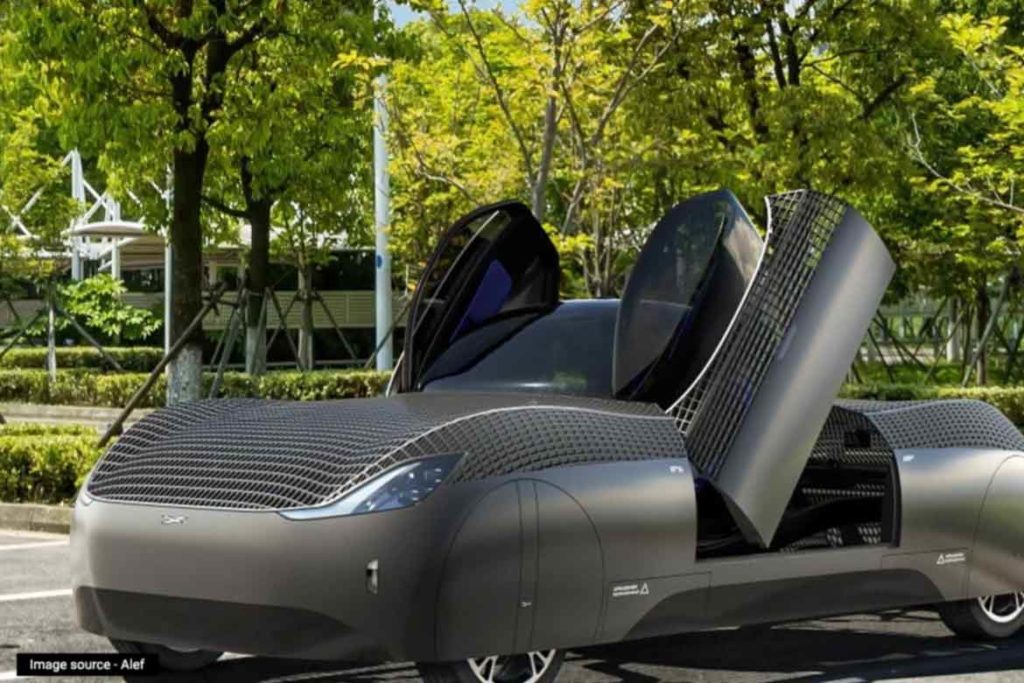
Alef Alef Model A is another flying car that can also drive on public roads. It is a two-seat electric vehicle that has eight propellers distributed along its foldout wings and canard. It is made by Alef Aeronautics, a company based in California and founded by Russian engineer Alexey Kostyukov. The company claims that the Model A will be the first flying car to receive legal approval to fly from the US government. The Model A will have a four large road wheels. It also has foldout wings and extending tailbooms carrying a high tail. A pusher propeller is permanently installed between the fuselage and tail. It is made by Klein Vision, a company based in Slovakia and founded by designer Štefan Klein. The company claims that the AirCar is the first flying car to fly between two airports in Slovakia. The AirCar is constructed of carbon fiber composite over a steel subframe. It is powered by a 1.6 liter BMW engine that runs on gasoline and delivers 104 kW (139 hp). The company plans to develop a second prototype with a more powerful 220 kW (300 hp) engine. The AirCar can take off at around 120 km/h (75 mph) after a run of 300 m (980 ft). It can cruise at 170 km/h (92 kn) with a range of 1000 km (620 miles) at an altitude of 2500 m (8200 ft). The AirCar has received a special airworthiness certificate from the Slovakian government and is awaiting approval as a road vehicle. The price of the AirCar is not yet announced.
Samson Switchblade
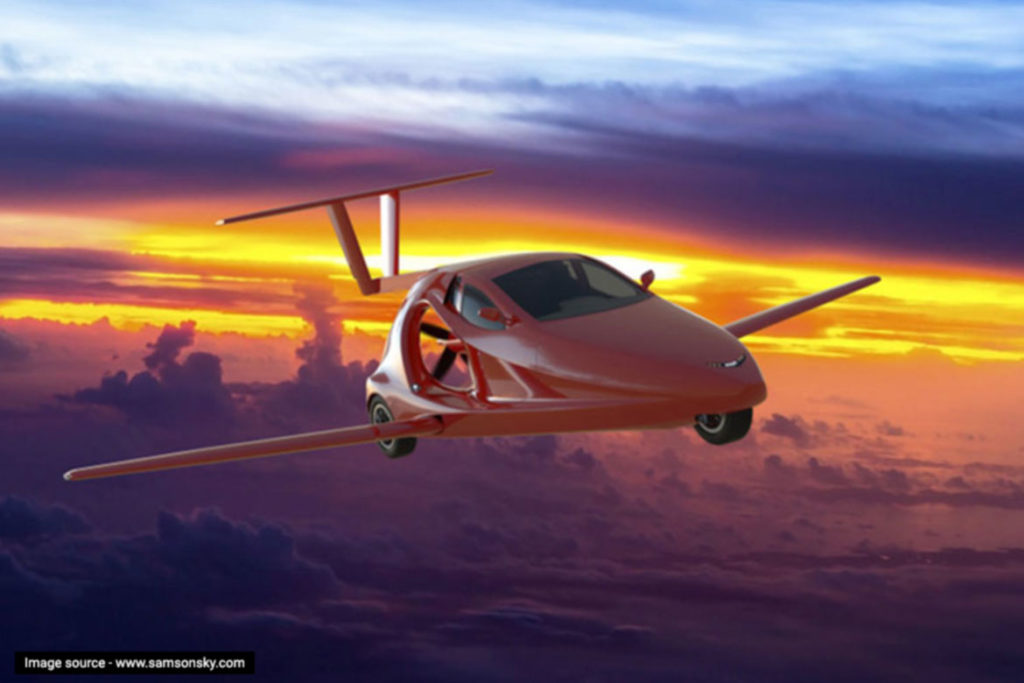
Samson Switchblade is a three-wheel, street legal vehicle that can transform into a flying sports car in under three minutes. It is developed by Samson Sky, a company based in Oregon and founded by engineer Sam Bousfield. The company claims that the Switchblade is the first flying car to receive a special airworthiness certificate from the FAA. The Switchblade has a main body that resembles a sports car with a retractable canopy and a rear engine. It also has foldout wings and tail that are stored inside the body when not in use. The Switchblade is constructed of carbon fiber composite and aluminum. It is powered by a 1.6 liter Suzuki engine that runs on gasoline and delivers 190 hp. The company plans to offer different models with different features and prices. The Switchblade can take off at around 80 mph (129 km/h) after a run of 1100 ft (335 m). It can cruise at 160 mph (257 km/h) with a range of 450 miles (724 km) at an altitude of 13,000 ft (3962 m). The Switchblade requires a sport pilot license and a driver’s license to operate.
ASKA A5
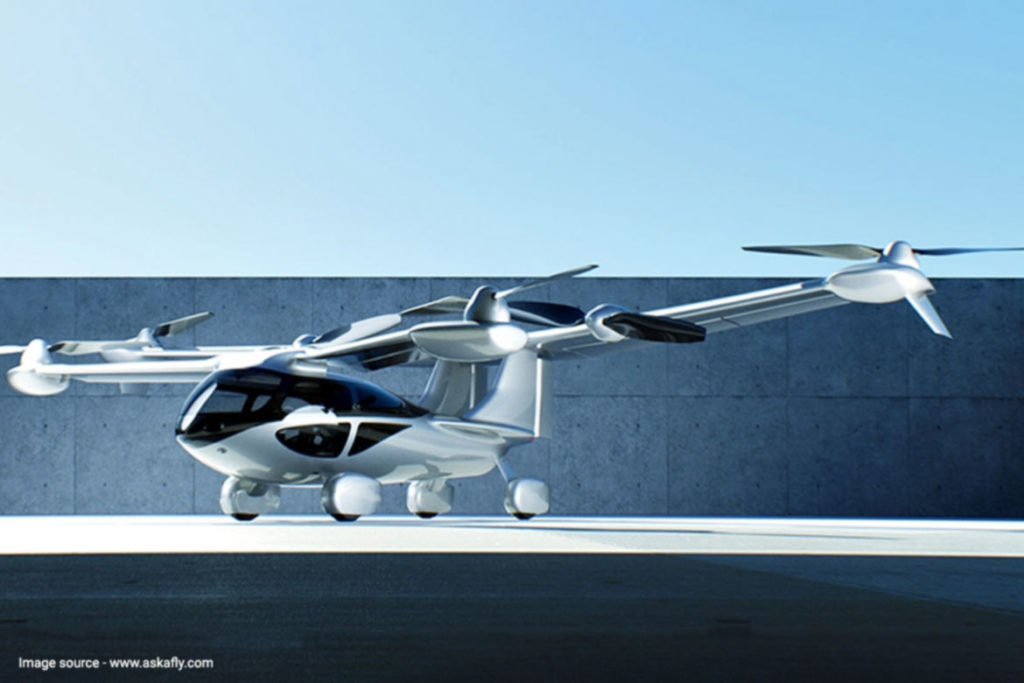
It is a car which flies in the air, using a vertical takeoff and landing (eVTOL) system. It is developed by ASKA, a company based in California and founded by Israeli entrepreneurs Guy and Maki Kaplinsky. The company claims that the A5 is the first flying car to start the type certification process with the FAA. The A5 has a main body that looks like a futuristic SUV with a retractable canopy and a rear engine. It also has foldout wings and canard that are equipped with six propellers for lift and thrust. The A5 is constructed of carbon fiber composite and aluminum. It is powered by a proprietary power system that features lithium-ion battery packs and a gasoline engine that acts as a range extender. The company plans to offer different models with different features and prices. The A5 can take off at around 40 mph (64 km/h) after a run of 100 ft (30 m). It can cruise at 200 mph (322 km/h) with a range of 250 miles (402 km) at an altitude of 13,000 ft (3962 m). The A5 requires a sport pilot license and a driver’s license to operate.
Conclusion
Flying cars are no longer a fantasy, but a reality that is getting closer to mass production and commercialization. Doroni H1, Alef Alef Model A and Klein Vision AirCar are three of the most awesome flying cars that offer different features and capabilities. They all aim to provide a new mode of transportation that is faster, more convenient and more environmentally friendly than conventional cars. However, they also face many challenges and uncertainties, such as regulatory approval, safety, reliability, affordability and public acceptance. It remains to be seen whether flying cars will become a common sight in the near future or remain a niche market for enthusiasts and early adopters.

